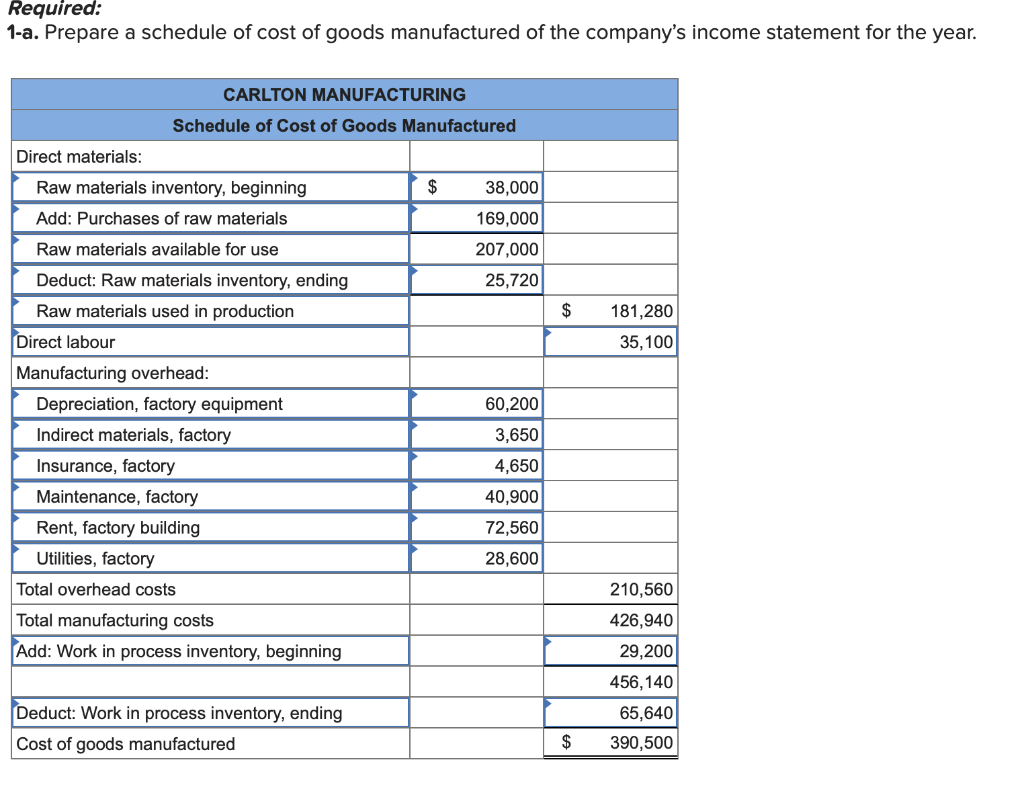
Operating expenses include utilities, rent, office supplies, sales and marketing, legal costs, insurance, and payroll. During inflation, the FIFO method assumes a business’s least expensive products sell first. As prices increase, the business’s net income may increase as well. This process may result in a lower cost of goods sold calculation compared to the LIFO method. Operational costs such as marketing, sales force expenses, and after-sales support are not included in COGS.
Inventory costing methods
LIFO stands for Last In, First Out, and assumes that inventories purchased last should be recorded as being sold first. This approach can be beneficial under certain circumstances but it can also create discrepancies between actual profits and taxes owed due to inflation. The cost of goods sold can also be impacted by the type of costing methodology used to derive the cost of ending inventory. For example, under the first, first out method, known as FIFO, the first unit added to inventory is assumed to be the first one used. Thus, in an inflationary environment where prices are increasing, this tends to result in lower-cost goods being charged to the cost of goods sold. The reverse approach is the last in, first out method, known as LIFO, where the last unit added to inventory is assumed to be the first one used.
Everything You Need To Master Financial Modeling
Businesses may have to file records of COGS differently, depending on their business license. The LIFO method will have the opposite effect as FIFO during times of inflation. Items made last cost more than the first items made, because inflation causes prices to increase over time. The LIFO method assumes higher cost items (items made last) sell first. Thus, the business’s cost of goods sold calculation will be higher because the products cost more to make. LIFO also assumes a lower profit margin on sold items and a lower net income for inventory.
FIFO Method

These are considered period costs and are expensed in the period in which they are incurred. Typically, COGS can be used to determine a business’s bottom line or gross profits. During tax time, a high COGS would show increased expenses for a business, resulting in lower income taxes.
Depending on how those prices impact a business, the business may choose an inventory costing method that best fits its needs. COGS can vary significantly from one period to another due to changes in raw material costs, manufacturing efficiency, and production volume. Such fluctuations make it difficult to predict future financial performance are salaries part of cost of good sold based purely on COGS. This variability can lead to challenges in budgeting and financial planning, as sudden increases in costs might not immediately correlate with increases in sales. Beyond that, tracking accurate costs of your inventory helps you calculate your true inventory value, or the total dollar value of inventory you have in stock.
Instead, the average cost of the units in stock is charged to expense when units are sold. This is a reasonable approach that tends to yield results midway between what would have been reported under the FIFO and LIFO methods. Under the first in, first out method (FIFO), the cost of the first unit to enter inventory is charged to expense first. In an inflationary environment, the least expensive (oldest) inventory items are charged to expense first, which tends to inflate the reported profit level. For companies attempting to increase their gross margins, selling at higher quantities is one method to benefit from lower per-unit costs. The gross profit metric represents the earnings remaining once direct costs (i.e. COGS) are deducted from revenue.
- They are usually more fixed in nature and include items such as rent, utilities, office supplies, and salaries for employees not directly involved in the production process.
- Get instant access to video lessons taught by experienced investment bankers.
- The FIFO method presupposes that the first goods purchased are also the first goods sold.
- Accurate, timely calculation and tracking of COGS help them correctly determine their taxable income, optimize their tax liabilities, and avoid unnecessary penalties.
But it also helps determine how efficiently you are running your business. These are all questions where the answer is determined by accurately assessing your COGS. Both the Old UK generally accepted accounting principles (GAAP) and the current Financial Reporting Standard (FRS) require COGS for Income Tax filing for most businesses.
COGS refers specifically to the expenses directly related to the production and sale of a company's goods and services. In other words, it includes the costs incurred in making or purchasing the products that a company sells. This can include the cost of raw materials, direct labour costs, taxes on production facilities, and transportation costs for bringing goods from a distributor to a retailer. Cost of goods sold (COGS) is calculated by adding up the various direct costs required to generate a company’s revenues.
